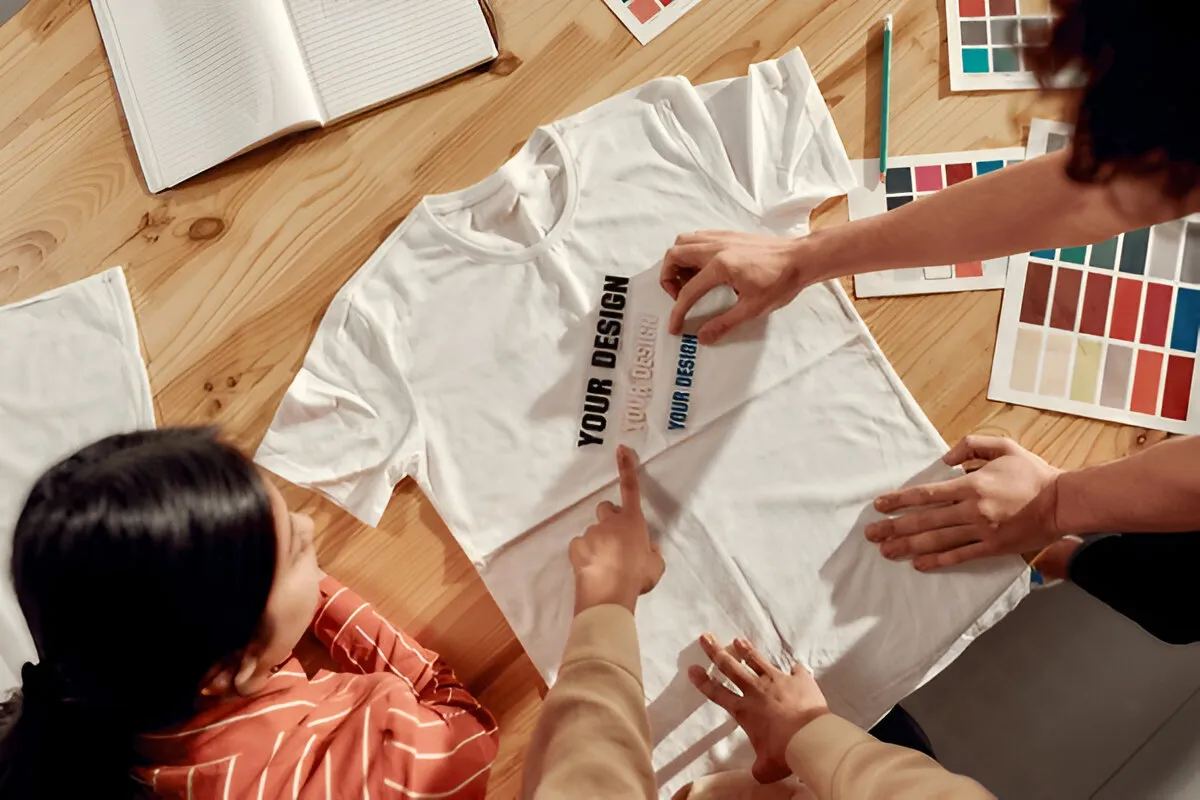Key Takeaways
- Understand the potential benefits of custom merchandise for brand recognition.
- Learn how to select the right items for customization.
- Discover effective design strategies to captivate your audience.
- Explore production tips to ensure high-quality results.
- Gain insight into marketing tactics to boost merchandise visibility.
In the bustling world of brands and businesses, standing out in a crowded marketplace can be daunting. This is where custom merchandise comes into play, offering a unique avenue to enhance brand recognition and loyalty. These personalized items, be they apparel, office supplies, or tech gadgets, transcend the ordinary purpose of advertising by becoming functional items that people love to use. Picture a sleek mug carrying your brand logo, subtly yet consistently reinforcing your company’s message every time it’s used. Such items can transform casual observers into devoted followers, echoing your brand ethos with every hand that holds them. Custom merchandise helps businesses express their identity and engage their audience. By selecting appropriate items, you can turn consumers into mobile billboards that boost visibility and loyalty. Choosing merchandise and messaging that aligns with your brand’s identity is crucial.
The Importance of Custom Merchandise for Brand Recognition
Recognizing that custom merchandise is not merely about slapping your logo on a product is crucial. It’s about curating items that embody your brand philosophy and resonate with your target audience. When executed effectively, merchandise becomes a perennial tool that enhances visibility, making your brand a daily companion to your audience. Imagine a distinctively designed tote bag that’s functional and reflects the values your brand upholds. These items can organically turn users into ambassadors, spreading your message as they integrate these products into their lives. They are a constant brand presence, imprinting your message in the subconscious of anyone who encounters them.
Choosing the Right Merchandise for Your Brand
Selecting the appropriate merchandise involves understanding your target audience and ensuring the products align with your brand ethos. Key considerations should include age, interests, and your audience’s lifestyle. You aim to select items that capture potential customers’ attention and align seamlessly with what they need or appreciate. From versatile T-shirts and eco-friendly water bottles to tech-savvy accessories, each product has unique advantages in terms of exposure and usability. To assist in refining your choices, a comprehensive guide on promotional products is invaluable, as it discusses versatile options tailored to various demographics.
Effective Design Strategies
The design element of your merchandise is equally significant as the product choice itself. A thoughtful design attracts and conveys clarity of your brand’s message. This involves a balanced approach to creativity while maintaining simplicity. Using brand-consistent colors and fonts is vital, as they must reflect your company’s style yet remain universally appealing. Clarity is critical; thus, minimalist designs often yield a more significant impact as they are more recognizable and memorable. To further sharpen your design skills, considering these design best practices for promotional items might be beneficial. Effective designs are visually attractive and evoke emotions that resonate with the consumer, further strengthening the connection to your brand.
Production Tips for Quality Merchandise
The production quality of your merchandise is a direct reflection of your brand. It’s imperative to prioritize using durable materials to create well-crafted products that leave a lasting impression. Start by selecting reliable suppliers who understand your vision and who can consistently meet these high standards. Conducting thorough quality checks and understanding the nuances of different production techniques will ensure each item meets and exceeds customer expectations. The durability and functionality of your merchandise are a testament to your brand’s commitment to quality and reliability, strengthening consumer trust and establishing long-term relationships.
Marketing Your Merchandise Successfully
Once you have quality merchandise, the next step is to master its marketing. Implementing creative strategies that extend online and offline can significantly improve your merchandise’s reach. Social media remains a robust platform to showcase your merchandise innovatively. Interactive content, stories, and contests can boost engagement and widen your outreach. Offline, consider partnering with influencers or hosting events where the merchandise is featured, fostering direct interaction with potential customers. These approaches increase visibility and create opportunities for meaningful engagements, turning transactional encounters into lasting relationships.
Also Read: The Role of Braille Signs in Enhancing Accessibility
Real-Life Examples and Success Stories
Many well-known brands have leveraged custom merchandise to boost their identity and establish a loyal following. Prominent examples include bands selling apparel featuring memorable logos and designs, which fans wear proudly, thus becoming a part of the brand’s story. Tech companies often offer functional gadgets adorned with their branding, ensuring frequent usage and maximizing exposure. These examples illustrate the power of custom merchandise, showcasing its ability to embed a brand into daily life and culture, thereby vastly enhancing its presence over time.
Final Thoughts
Custom merchandise, with careful planning and execution, serves as a formidable pillar in your marketing efforts. It offers substantial benefits in increasing brand recognition and fostering deeper customer connections. By prioritizing quality, thoughtful design, and strategic marketing, merchandise becomes a living testament to your brand, encouraging loyalty and advocacy. As these tangible items find their place in consumers’ lives, they fulfill the ultimate role of any marketing tool: to build lasting connections and cultivate unwavering brand champions.

